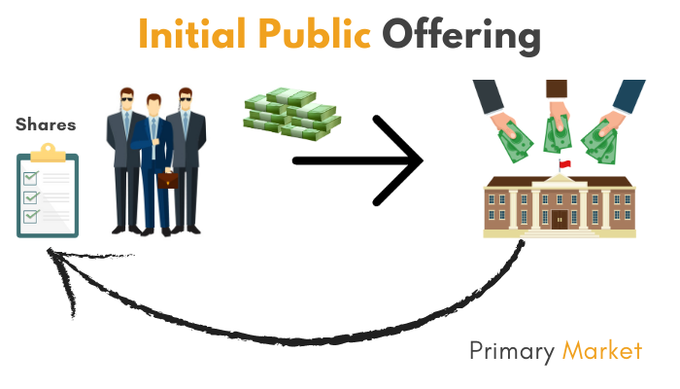Are you searching Best Stock Broker?
Here are some Top Online Stock Brokers with their Fees & service details.
Thread 🧵👇
SELECTED BEST STOCK BROKERS IN INDIA👇
UPSTOX, ANGELOne, ALICEBLUE,STOXKART & Edelweiss
Hot Link- t.me/MONNEY_VALUE/3…
📊 START #INVESTING TODAY
Here are some Top Online Stock Brokers with their Fees & service details.
Thread 🧵👇
SELECTED BEST STOCK BROKERS IN INDIA👇
UPSTOX, ANGELOne, ALICEBLUE,STOXKART & Edelweiss
Hot Link- t.me/MONNEY_VALUE/3…
📊 START #INVESTING TODAY

UPSTOX
PRICING: Flat fees, no hidden charges
₹0-Commissions On investing in MF and IPOs
₹0- AMC
₹20-Brokerage On Eq, F&O, commodity & currency
₹0-Account Opening
Open a Demat + Trading account
tinyurl.com/LinkUPSTOX
#upstox #trading #StockMarket
PRICING: Flat fees, no hidden charges
₹0-Commissions On investing in MF and IPOs
₹0- AMC
₹20-Brokerage On Eq, F&O, commodity & currency
₹0-Account Opening
Open a Demat + Trading account
tinyurl.com/LinkUPSTOX
#upstox #trading #StockMarket

Angelone
Easy Trading - No Hidden Charges
₹0- Brokerage on Stock investments
₹20 or 0.25% (whichever is lower) Per Order For Eq, F&O, Commodities & Currencies
₹0 AMC For 1st Year
₹0 int on Margin Trade
Funding For 30 days
Open Your Account
tinyurl.com/vobqkuw
Easy Trading - No Hidden Charges
₹0- Brokerage on Stock investments
₹20 or 0.25% (whichever is lower) Per Order For Eq, F&O, Commodities & Currencies
₹0 AMC For 1st Year
₹0 int on Margin Trade
Funding For 30 days
Open Your Account
tinyurl.com/vobqkuw

ALICEBLUE
Brokerage Charges - Freedom15 Brokerage Plan (F15 Plan)
Buy any Stock, Currency, Commodity, Options, or Futures and pay maximum ₹ 15 only!
Invest in equity delivery free of charge
₹ 0 Mutual Funds & IPOs
tinyurl.com/Link-AliceBlue
#aliceblue #StockMarketindia
Brokerage Charges - Freedom15 Brokerage Plan (F15 Plan)
Buy any Stock, Currency, Commodity, Options, or Futures and pay maximum ₹ 15 only!
Invest in equity delivery free of charge
₹ 0 Mutual Funds & IPOs
tinyurl.com/Link-AliceBlue
#aliceblue #StockMarketindia

STOXKART
Brokerage ₹ 15 that too only when you earn profit.
Free Delivery- zero brokerage on delivery trade
AMC ₹ 300
Start trading - tinyurl.com/Link-StoxKart
#STOXKART
Brokerage ₹ 15 that too only when you earn profit.
Free Delivery- zero brokerage on delivery trade
AMC ₹ 300
Start trading - tinyurl.com/Link-StoxKart
#STOXKART

Edelweiss
Lite Plan - Light on pocket, rich on features
Flat brokerage rates of ₹10 / order for Equity and F&O
Free Tools & Market info.
Elite plan for High Volume Traders
Rich on features, high on privileges
Click to join- bit.ly/3NsrWca
..
Lite Plan - Light on pocket, rich on features
Flat brokerage rates of ₹10 / order for Equity and F&O
Free Tools & Market info.
Elite plan for High Volume Traders
Rich on features, high on privileges
Click to join- bit.ly/3NsrWca
..

You need to have a soft copy of the following documents for online account opening
ID Proof (PAN Card)
Address Proof (Aadhar, Voter ID, Passport)
Income Proof (Latest 6 month’s bank statement, Latest ITR, 3 month’s salary slip)
Passport Size Photo, signature Scanned copy
ID Proof (PAN Card)
Address Proof (Aadhar, Voter ID, Passport)
Income Proof (Latest 6 month’s bank statement, Latest ITR, 3 month’s salary slip)
Passport Size Photo, signature Scanned copy
Brokerage charged will not exceed the maximum limit as prescribed by SEBI.
Before opening an account with any Stock broker kindly check all other service charges.
#stocks #TradingView
#nifty #niftybank #banknifty
#niftyoptions #niftyfuture
#niftytoday #stockmarketindia
#trading
Before opening an account with any Stock broker kindly check all other service charges.
#stocks #TradingView
#nifty #niftybank #banknifty
#niftyoptions #niftyfuture
#niftytoday #stockmarketindia
#trading
• • •
Missing some Tweet in this thread? You can try to
force a refresh











